
Lotus Elan is the name of two separate ranges of automobiles produced by Lotus Cars.
The second range of cars (1989–1995) comprised:
Two seater sports cars:
Lotus Type M100 drop head coupé, initially marketed as the Elan S1 and, later, for the UK market, the Elan S2.
This second model was also produced in South Korea by Kia Motors between 1996 and 1999, rebadged as the Kia Elan.

Overview
The Lotus Elan was the first Lotus road car to use a steel backbone chassis with a fibreglass body. This style of construction was to be repeated in subsequent Lotus models for nearly three decades. At approximately 1,500 lb (680 kg), the Elan embodied Colin Chapman's minimum weight design philosophy. The Elan was technologically advanced with a DOHC 1,558 cc engine, four-wheel disc brakes, rack and pinion steering, and 4-wheel independent suspension. Gordon Murray, designer of the McLaren F1 supercar, reportedly said that his only disappointment with the McLaren F1 was that he could not give it the perfect steering of the Lotus Elan.

In 2004, Sports Car International named the Elan number six on the list of Top Sports Cars of the 1960s. The original version of the car was designed by Ron Hickman who also designed the first Lotus Europa as part of Lotus' GT40 project bid and made his fortune having designed the Black & Decker Workmate.
Because of its successful design and rigorous attention to cost control on the body, chassis, engine and transmission, the Elan become Lotus' first commercial success and contributed to the funding of its achievements in racing over the next ten years. It revived a company stretched thin by the more exotic, expensive to build, and rather unreliable Lotus Elite, which used a fiberglass monocoque body/chassis and all aluminium Coventry Climax engine.
The original Elan 1500 was introduced in 1962 as a roadster. After a very short production run of just 22 cars the engine was enlarged and the car was re-designated the Elan 1600.[3] An optional hardtop was also offered. The Elan 1600 of 1963 was replaced by the Elan S2 in 1964.[4] In 1965 the Type 36, a fixed head coupé version of the car, was introduced while in 1966 the drop head coupé Type 26 was replaced by the Type 45. Both Types, 36 & 45, were offered initially in S3 form, followed in 1968 in S4 form, and finally in 1970 as the Elan Sprint.[5] Production of the Sprint ceased in 1973.[4] The standard (Std) S2, S3 & S4 models were also available in a slightly more powerful and luxurious "Special Equipment" variant, generally referred to as the SE (e.g. Lotus Elan S3 SE).

In the UK the Elan was offered as a fully assembled vehicle and, for tax avoidance purposes, as a lower cost kit for final assembly by the customer.
Reviews
The Elan was widely admired and praised by customers and reviewers, noted for its exceptional handling, roadholding, steering, acceleration, braking and comfort:
Car and Driver: The Elan very simply represents the sports car developed in tune with the state of the art. It comes closer than anything else on the market to providing a Formula car for ordinary street use. And it fits like a Sprite, goes like a Corvette, and handles like a Formula Junior. Driving it is very simply another sort of automotive experience altogether. Most people tend to come back from their first ride a little bit glassy-eyed...
Road and Track: The light and tactile steering, combined with supple suspension and a weird, physics-defying sense of zero weight transfer in corners, provides a sensation akin to flying just over the ground. I'm convinced there's a powerful pleasure center in the brain that remains untapped until you drive an Elan. It's almost a drug.

Motor Sport: The tremendously responsive steering and handling requires similar qualities from the driver and the speeds achieved round corners and on the straight are deceptively fast. This, therefore, calls for a lot of concentration on the driver's part. Once mastered, however, the Elan is the nearest thing to a single-seater racing car one is likely to be able to drive comfortably on the road. To master the car and explore its tremendous handling potential along that delightfully twisty piece of road one knows so well is close on perfection for the sporting motorist.[8]











































































































































































































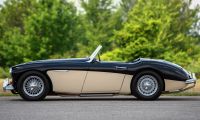











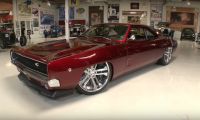



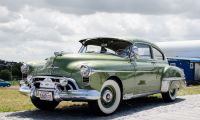







































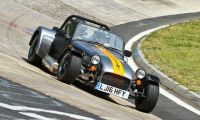






































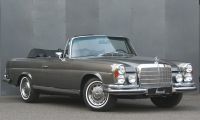


















































































































































































































































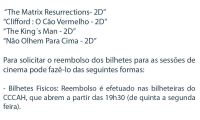

























































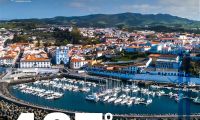








































































































































































































































































































































































































































































































































































































































































































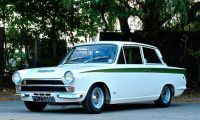








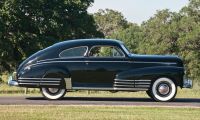















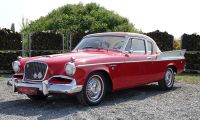






























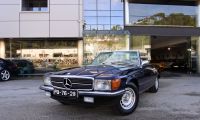









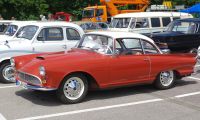


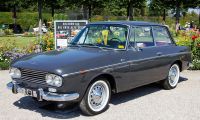
























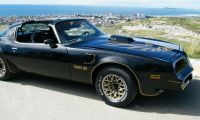














































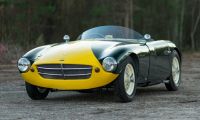



















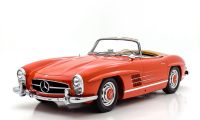





















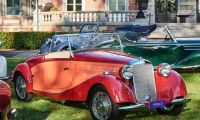

























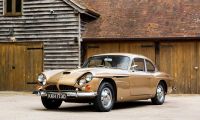




















































































































































































































 LINKS E SITES IMPORTANTES
LINKS E SITES IMPORTANTES


